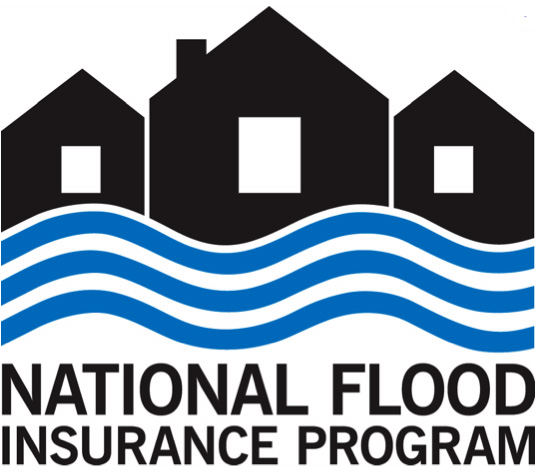Increasing the NFIP's borrowing capacity, PIA said in a statement, would allow the program to cover claims that exceed the $2.9 billion it is currently authorized to borrow. Should Congress not raise the NFIP's borrowing authority, the program may be put in a position where it could not pay claims.
The 143,000 Sandy-related claims filed with the NFIP to date will account for estimated insured losses of between $6 billion and $12 billion - four times the program's borrowing capacity at the high end, according to Edward Connor, deputy associate administrator of the Federal Insurance and Mitigation Administration. During a Nov. 14 meeting of the Federal Advisory Committee on Insurance, Connor said the NFIP had less than $840 million in cash on hand to add to its line of credit with the federal government (Best's News Service, Nov. 8, 2012).
"Not paying valid claims is simply not an option," PIA National President Andrew Harris, said in a statement. "The federal government has both a legal obligation and a moral imperative to pay to indemnify policyholders for their covered flood losses in policies backed by the NFIP."
Harris added that apart from Hurricane Katrina in 2005, the program has generated enough funds to pay ordinary claims. PIA serves on working groups formed by the Flood Insurance Producers National Committee and the Institute for Business and Home Safety.
However, the request comes at a politically delicate time, considering that congressional leaders and President Barack Obama are locked in fierce negotiations over how to cut the federal debt.
Leaders from the White House and Congress are seeking to avert another potential financial crisis set off by going over the so-called "fiscal cliff," which are the massive spending cuts the federal government is required to make after a "supercommittee" failed to resolve last year's debt-ceiling crisis - cuts that will kick in at the same time that major tax breaks are set to expire.
Amid the negotiations, those who back increasing the NFIP's borrowing authority face an uphill climb in convincing lawmakers to spend additional money on re-establishing a program that is already $18 billion in debt, especially since lawmakers passed a five-year NFIP reform bill in June (Best's News Service, Nov. 8, 2012). The reform package, much of which has not yet gone into effect, did not include provisions seeking a direct reduction in the NFIP's debtload.
"Unfortunately, Sandy did not wait for the flood insurance reforms to take full effect," said Richie Clements, PIA's national representative to the NFIP. "The additional burden on the federal budget will be hard to handle, but this is a matter of paying people what they are in fact owed under a valid insurance contract that is guaranteed by the federal government."













 The National Association of Professional Insurance Agents has thrown its support behind an Obama administration request to increase the borrowing authority of the National Flood Insurance Program by 50% to $30.4 billion to help cover losses stemming from Hurricane Sandy. The request was submitted to Congress as part of a $60.4 billion plan to provide a federal response to the storm that struck the East Coast on Oct. 29.
The National Association of Professional Insurance Agents has thrown its support behind an Obama administration request to increase the borrowing authority of the National Flood Insurance Program by 50% to $30.4 billion to help cover losses stemming from Hurricane Sandy. The request was submitted to Congress as part of a $60.4 billion plan to provide a federal response to the storm that struck the East Coast on Oct. 29.